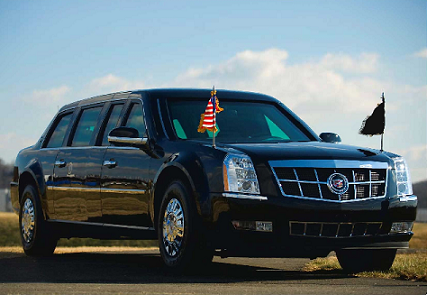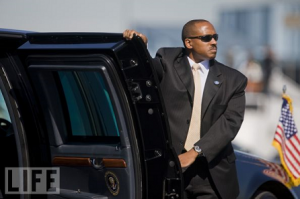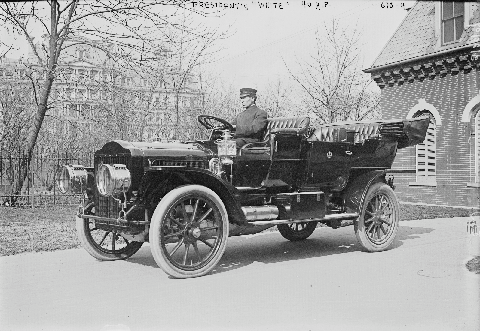The tradition of presidents introducing guests at the State of the Union address and telling homey / heartwarming / inspirational stories about them is young in the grand scheme of American history. The first instance was in 1982 and it quickly became a bulwark of the Cheap Political Theater repertoire for the men in the White House. And there is a name for the phenomenon: a guest referenced by the president during the address is called a "Lenny Skutnik." Why? Well I'm glad you asked.
On January 13, 1982, just a week before the SOTU address, Washington D.C. was experiencing one of its worst winter storms in recent memory. A 737 from now-defunct Air Florida prepared to take off in 20 F and moderate to heavy snowfall. After being de-iced, delays caused the plane to wait for 49 minutes on the apron before being cleared for takeoff. Already running late, the pilots chose to take off rather than returning to apply another de-icing spray. Several other errors of inexperience with flying in snow (Air Florida, after all) including the failure to activate the integral engine de-icing system resulted in the plane attempting to take off with substantially less thrust than the instruments indicated. Imagine your speedometer reading 65 but your actual speed barely hitting 40 thanks to a half ton layer of ice.
The engines wheezed and choked with ice as the plane barely made it off the ground. Almost immediately it lost lift. It rapidly descended into the frozen solid Potomac River, striking the 14th Street bridge (killing four drivers in traffic bound cars) and smashing into the ice. It sank almost immediately. Some passengers are presumed to have survived the crash, as the plane barely got off the ground, but with heavy winter clothing and subzero water temperatures most of them never had a chance.
buy nolvadex online buy nolvadex no prescription
As horrified crowds looked on a small number of flailing human forms appeared on the surface of the water. But without immediate rescue, the cold water would take them too.
A US Park Police helicopter was on it almost immediately, flying dangerously low over the water to drop a line to six survivors. One passenger, later identified as Arland Williams, Jr., passed the lifeline to other people three separate times. He did not survive. One woman he tried to help was too weak from hypothermia to hold the line. She was sinking in full view of hundreds of freezing onlookers.
Heroism called. Lenny Skutnik, a Mississippian working for the Congressional Budget Office, accepted the charges.
He took off his coat and boots and launched himself into the water. He broke his foot striking a chunk of ice, but fortunately he was too frozen to notice it. He somehow dragged the woman to the shore. She was the last survivor of Flight 90 and Martin "Lenny" Skutnik became a national hero overnight. President Reagan invited him to the address and said:
In the midst of a terrible tragedy on the Potomac, we saw again the spirit of American heroism at its finest – the heroism of dedicated rescue workers saving crash victims from icy waters. And we saw the heroism of one of our young Government employees, Lenny Skutnik, who, when he saw a woman lose her grip on the helicopter line, dived into the water and dragged her to safety.
online pharmacy aciphex no prescription
It was the last time a Republican praised someone who worked for the government.
74 of 79 passengers and crew on Flight 90 died, as did 4 people on the bridge. Skutnik, who also received the Coast Guard Lifesaving Medal and a thousand other awards, retired in 2010 after 31 years of service at the CBO. Air Florida filed for bankruptcy two years later. Its market niche was later filled by a startup called ValuJet.
Sigh.




